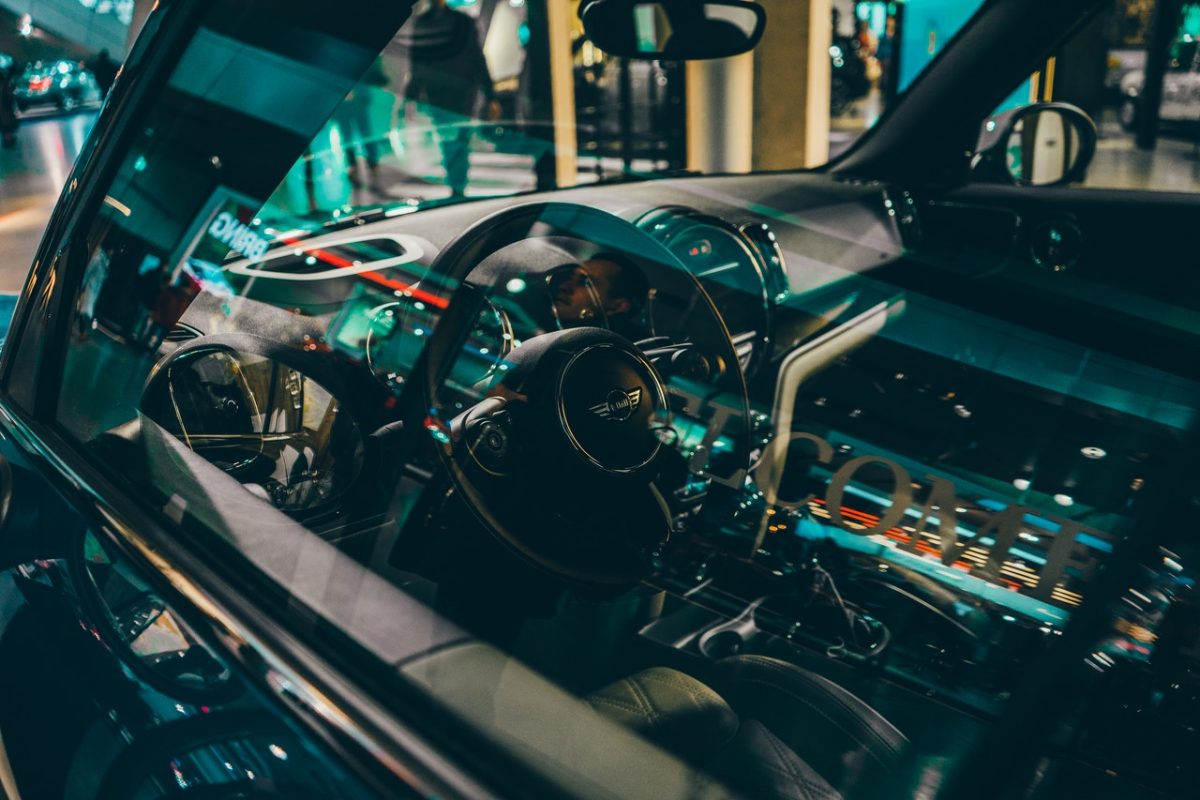Unless you have been living under a rock, you would have no doubt heard about Bitcoin and how it revolutionized the financial sector. The database technology behind the Bitcoin network is called blockchain. Despite its rather dull name, believe me when I say that blockchain technology is going to shape far more than the cryptocurrency world.
What is Blockchain?
Blockchain might seem complicated but its core concept is very straightforward. Think of it as an alternative type of database.
Picture the traditional database as a warehouse. As packages of information arrive, they are sorted and stored on various shelves throughout the facility. If there is a new version of the same item, the older item is replaced and archived. A central supervisor keeps a record of when each package arrives and where it is stored.
In the blockchain warehouse, packages are stacked into containers based on arrival time. When a container—or block—is full, it is connected to the previous one, forming a data chain called a blockchain. Once added to the blockchain, all existing items will never be moved again, forming a permanent sequence of data.
What this means is that blockchain is incredibly transparent and secure. As new data blocks are stored chronologically, there is a linear history of events that cannot be altered. The security is increased exponentially if decentralized networks comprising thousands of supervisors are used to store the blockchains. In such a network, any incorrect information will immediately be rectified based on the collective record.
Making Vehicles Smarter
With its robust ability for providing oversight and accountability, blockchain could be the technological push required to solve lingering problems in the automotive industry. Here are some possible applications of blockchain technology that might be coming to a highway near us.
Gone are the dusty old days when a car was just steel and rubber wrapped around a combustion engine. These days, we would be hard-pressed to find a car without a computer onboard. Cars are veritable mobile supercomputers, collecting multiple points of data, and communicating with external sources over the broadband cellular network.
From the very first stages of manufacturing, blockchain ledgers can record every movement in the automotive supply chain. This allows for better control and collaboration between each link, increasing manufacturing efficiency and transparency. One such use has been to ensure that electric vehicles only use child-labor-free cobalt in their batteries.
With sensors in cars measuring just about everything, data on fuel efficiency and emissions can also help manufacturers create cleaner car components. This is necessary as countries enact stricter limits on carbon emissions and pollutants. Blockchain technology acts as an interoperable ledger of statistics to facilitate the use of this data.
Blockchain platforms can also store and verify critical information about vehicle ownership, such as titles, proof of sale, history of transfers, and insurance. Blockchain-based electronic vehicle sale or lease contracts can be automated, cutting out the need for intermediaries and thus providing clearer information and simpler processes.
But perhaps the most attractive application of blockchain technology in terms of the transport sector would be in traffic management. By combining blockchain with ride-sharing and autonomous vehicles, innovators are hoping to alleviate traffic congestion. Continuous developments in vehicle-to-vehicle (V2V) communications can help to create traffic flow that avoids congested locations in our future traffic system.
Enhancing Driver Experience
On the user front, blockchain ledgers can prove handy by improving convenience within the automotive industry. From updating me about component upgrades to sending my vehicle performance data to a remote mechanic for a scheduled service, multiple practical applications can utilize blockchain technology.
In-car wallets are one of the key emerging concepts in the integration of blockchain with the transportation sector. No matter where we live in the United States, tolls are an unavoidable part of life. The idea of an in-car blockchain wallet expands on the existing E-ZPass concept to enable quick and secure transactions for everything from state park entry fees to feeding parking meters.
Aside from paying for stuff, blockchain technology can also help car owners save money. Automotive insurers are considering usage-based auto insurance models as part of the new mobility ecosystem. In addition, auto insurance information can be stored on the interoperable blockchain ledger for easy access by all parties.
For example, in case of an accident, GPS technology would locate a car accident lawyer near me and provide the driving records stored on the blockchain as irrefutable proof of the sequence of events. Blockchain technology also enables the automation of claims handling and provides a convenient pay-out mechanism.
As further support for safe drivers, data about a user’s driving habits can be recorded, stored on the blockchain, and analyzed. Those with safe driving records can be rewarded in the form of fiat currency, cryptocurrency, or vouchers. It has even been suggested that safer drivers should have lowered insurance premiums.
With blockchain boasting such strong security, it has been proposed that vehicles employ identity-specific unlocking mechanisms instead of easily stolen keyless entry remotes. Biometric data of vehicle owners can be stored securely within the blockchain, preventing car theft.
Smart vehicles gather and generate an extraordinary amount of data. It is estimated that a self-driving vehicle can create a whopping 1 gigabyte of data per second. In our digital age, user data is worth its metaphorical weight in gold. Blockchain technology can be used to grant us greater privacy control while providing a secure way to store our personal data.
At this point, it may be too early to say how exactly blockchain will be implemented into our automotive and transport systems. However, I can confidently say that we can look forward to a safer and more hassle-free experience on the roads in the near future.

